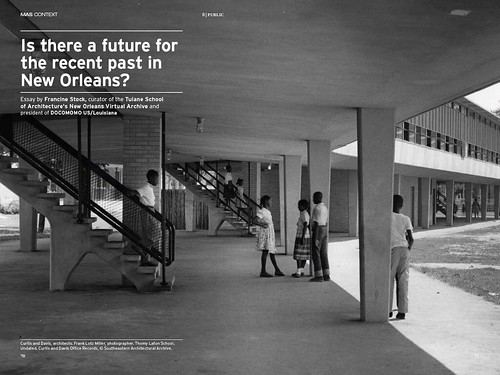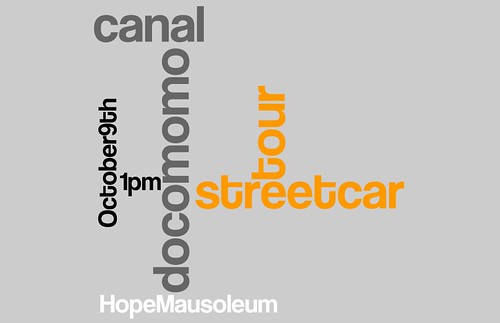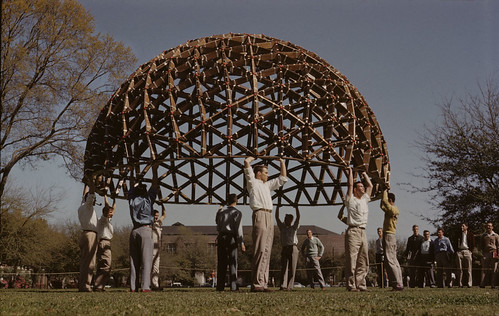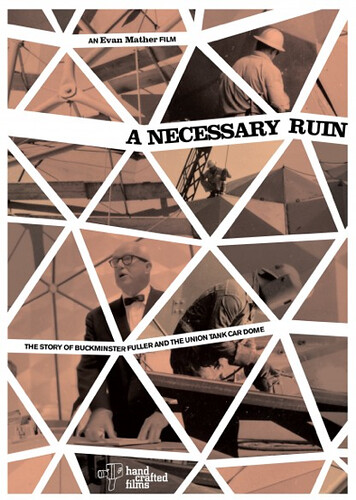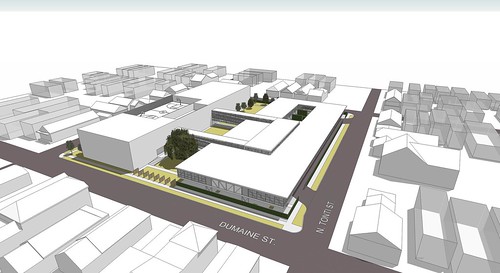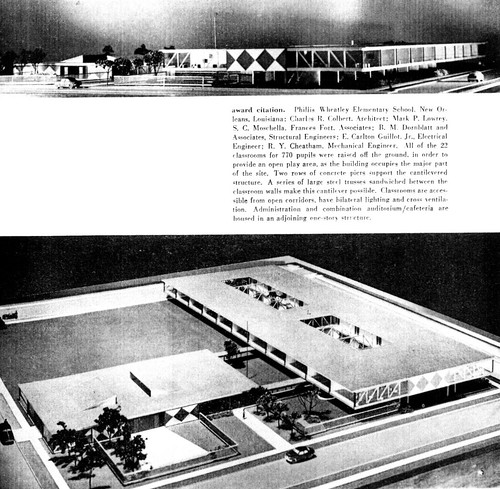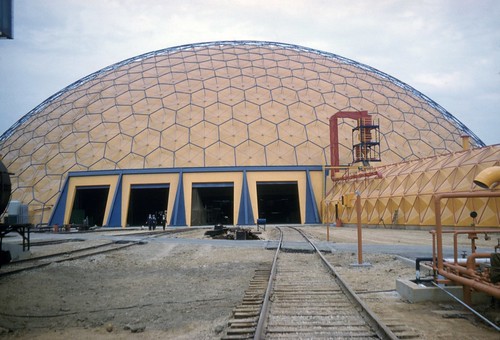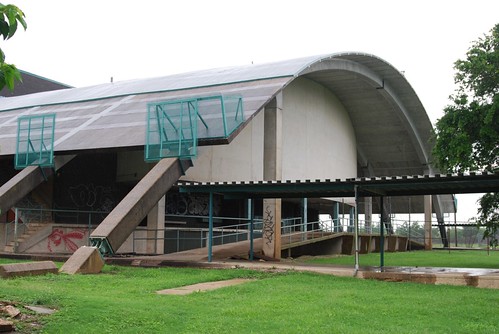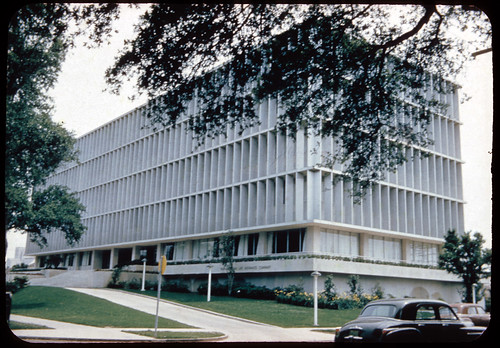
Join Today!
organization, a union of regional chapters that shares its members’ knowledge of and enthusiasm for the Modern
Movement, promotes public interest in it through lectures and walking tours, and organizes advocacy efforts to protect
endangered sites and buildings.
Go Modern! www.docomomo-us.org
Follow DOCOMOMO US on Ning, Facebook and Twitter.
IN THIS EDITION:
CHAPTER UPDATE: DOCOMOMO US/NOLA
THREATENED: Lloyd Wright's Moore House
BOOK ANNOUNCEMENT: Zonnestraal Sanatorium
SURVEY: Give us your feedback
Docomomo International Journal
DOCOMOMO INTERNATIONAL: MEXICO CONFERENCE RECAP

The eleventh International Docomomo Conference was held this past August in Mexico City. DOCOMOMO US/Georgia member Jack Pyburn was in attendance and gives his account of the proceedings, presenting a travelogue of Living in the Urban Modernity.
CHAPTER UPDATE: DOCOMOMO US/NOLA

IS THERE A FUTURE FOR THE RECENT PAST IN NEW ORLEANS?
THREATENED: LLOYD WRIGHT'S MOORE HOUSE
House Faces Imminent Demolition: How You Can Help
The Los Angeles Conservancy is leading the cause to advocate for the preservation of the 1959 Moore House designed by noted architect Lloyd Wright - the son of Frank Lloyd Wright - in Palos Verdes Estates. The house is currently threatened with demolition and the owners plan to construct a new house on this prime site overlooking the ocean.
MORE>
BOOK ANNOUNCEMENT: ZONNESTRAAL SANATORIUM

Zonnestraal Sanatorium
The History and Restoration of a Modern Monument
Paul Meurs and Marie-Thérèse van Thoor (eds.)
The birth and history of DOCOMOMO is closely related with the preservation of the former Zonnestraal Sanatorium. The building, which is emblematic of Functionalism or Nieuwe Bouwen in the Netherlands, is a national monument of international significance and a globally recognized icon of the the Dutch arm of the International Modern Movement. Designed by the architects Jan Duiker and Bernard Bijvoet in 1925, the building is internationally regarded as one of the highlights of twentieth century architecture.
MORE>
MEMBERSHIP: JOIN TODAY!
DOCOMOMO INTERNATIONAL: SUMMER 2010 JOURNAL


Congratulations to our November trivia contest winner!
DECEMBER PHOTO:

Name this architect and building for a chance to win a prize from the
Docomomo Archives.
apprised of your local work, advocacy and other current issues by e-mailing us at info@docomomo-us.org.
DOCOMOMO-US
New York, NY 10023
United States

